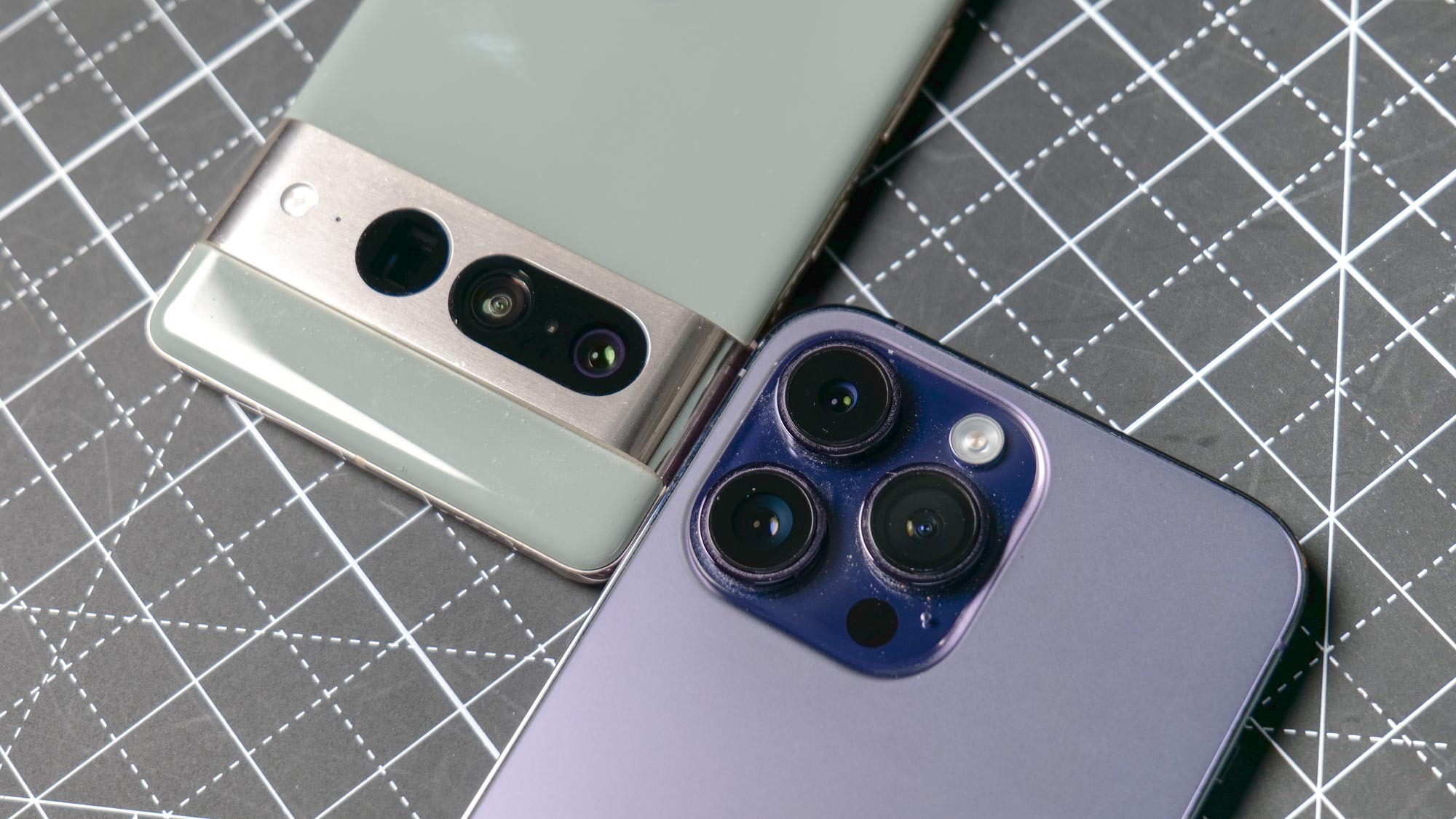
We’ve already heard rumors that Android phones could get a version of iPhone 14’s Emergency SOS via satellite feature. Back during CES, Qualcomm announced plans to add satellite support to future phones, but now it sounds like Google could be working on its own version of the feature.
Developer Neil Rahmouini (via The Verge) uncovered code in the Google Messages app that suggests some kind of integration with the Garmin Response emergency services. This isn’t the first discovery over the past couple of weeks, either. Rahmouni also tweeted out what appears to be an early version of the UI for sending messages via satellite.
Looks like Google Messages may use Garmin Response for the Satellite Emergency SOSIf true it could mean that Emergency Satellite messages would be available in 150+ countries👀https://t.co/egVqM6JaJV(1st screen is a mockup, 2nd are the translations found in Google Messages) pic.twitter.com/Rza9BUxJwJAugust 28, 2023
Mishaal Rahman has also spotted a new satellite connectivity API — though it may not be available to third-party apps. That means emergency satellite connectivity may well be exclusive to Google Messages when it launches — and perhaps even for the foreseeable future.
Qualcomm’s upcoming satellite SOS system is also set to use Garmin Response, which should ensure some level of familiarity across all Android phones — no matter which satellite SOS system they end up using. Rahmouni also speculates that this could mean the service will be available in over 150 countries. Garmin itself claims that Response is available in 200 countries and territories.
The main benefit here is that the service is already up and running, and doesn’t require all the same regulatory hurdles that a new service would have to go through. That may help to explain why the iPhone Emergency SOS via satellite feature is currently only available in 14 countries so far.
Garmin’s support for “more than 210 languages and dialects” also means a much larger group of people will be able to use the feature without any sort of language barrier.
The only question is how much this service is going to cost. Garmin’s pricing currently starts at $15 a month, but it’s unclear how this might translate to integration with a mobile device.
Garmin’s pricing currently starts at $15 a month, but it’s unclear how this might translate to integration with a mobile device"
Apple currently offers Emergency SOS via satellite for free, but the company has made it clear that it would only offer this service gratis for the first two years. Since we’re only a year into the lifespan of said service, we have no idea what Apple might end up charging — or if your “trial” resets if you buy a brand new iPhone.
Of course, it may be some time before Google is ready to launch this kind of feature. Just look at how long it took to develop an AirTag detection system for Android, as a good example of how slowly work on these sort of features can be. Rahmouni also notes that we should take all this info with a grain of salt, since this is just what appeared in the latest version of Google Messages. Things can and probably will change in future versions.
But adding this kind of feature can only be a good thing for Android users — even if it is just to ensure parity with iPhones. There have been countless stories of how the Emergency SOS via satellite feature has come to peoples’ rescue, and the more people have that kind of feature on their phones the better.
Let’s hope it launches sooner rather than later.







